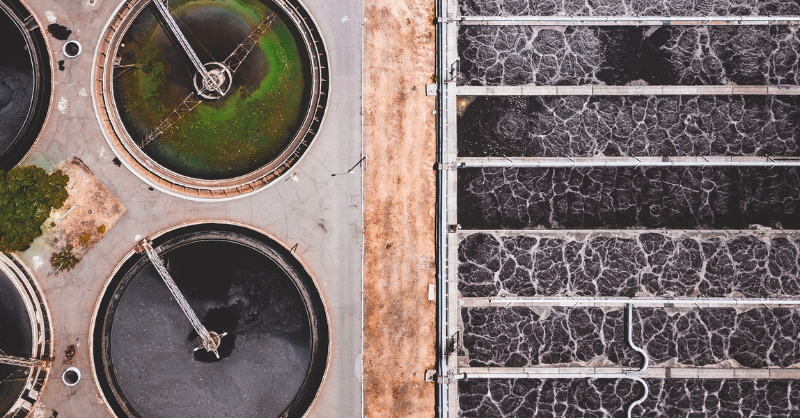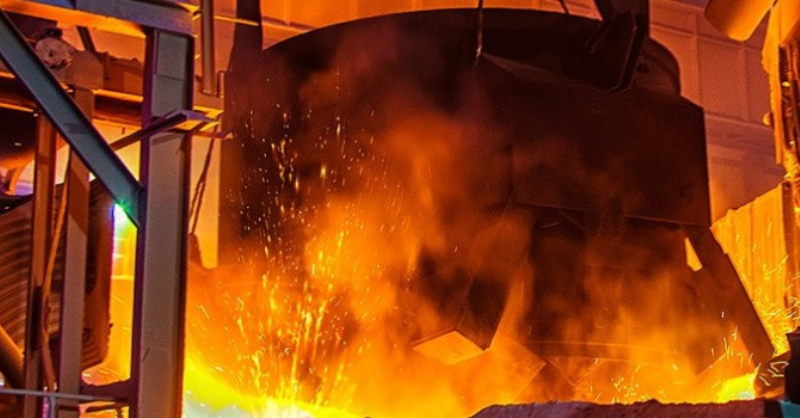
Why does our sewage end up dumped in our rivers?
Untreated sewage being dumped in our rivers and oceans is moving up the social and political agenda across Europe - nowhere more so than the UK.
Summary: Untreated sewage being dumped in our rivers and oceans is moving up the social and political agenda across Europe - nowhere more so than the UK. The industry groups are saying we can fix this, with more hard infrastructure. The cost of this - apparently billions of £, leading to materially higher water bills. But is this really the only way to fix this problem?
Why this is important: We think of treating our sewage as being an important indicator of becoming a developed country. But across the world, in locations as far apart as Paris and Tokyo, what is known as fecal contamination is a major problem. This is causing damage to our environment and our health. The challenge is to find a cost effective solution to fixing this. The traditional solution has been to build more treatment and storage infrastructure. But, more recently new and innovative green approaches have been shown to offer better value for money.
The big theme: Across the world our physical infrastructure is creaking under the pressure of rising urbanisation and decades of under investment. Our roads, railways, electricity and water/wastewater systems all need massive investment, with the burden rising as we become increasingly aware of the important role they play in delivering the sustainability transitions.
When it rains, many of our wastewater treatment processes get overwhelmed, as they are actually combined sewers - not just collecting the sewage and wastewater from buildings and industry, but also stormwater runoff. If all of this water was allowed to enter the sewage treatment plant, it would be flooded and potentially suffer extensive damage. So the excess water is diverted around the treatment plant, and spilled directly into our rivers, lakes and the sea.
As with many of our sustainability transitions, the cost of the new infrastructure and systems we need to build to replace the 'old ways' of doing things is massive. We need to find ways of funding this investment in the most cost effective manner - which often means new and innovative solutions. This is especially true for waste water. Here, its not just the case of building more treatment holding facilities, although that plays a part. There are also alternative greener solutions, and its starting to look as if they have a strong financial case.

The Detail
Summary of a report published in Water Magazine
- Short duration intense rainfall events, coupled with rapid pace of urbanisation, have an adverse impact on the performance of the existing sewer networks by causing sewage overflow hazards. Conventional 'grey' overflow mitigation measures, basically building more physical infrastructure such as massive water storage buffers, lack sufficient flexibility to adapt to adverse events. Water Sensitive Urban Design (WSUD) 'green' strategies, on the other hand, can manage stormwater runoff more sustainably, and in cost effective ways.
- These WSUD approaches have enormous environmental, social and economic benefits. The environmental benefits include reducing the pollutant loads and improving the water quality of the receiving water, protecting the existing natural and ecological processes, and maintaining the natural hydrologic cycle and aquatic ecosystems. They also provide social benefits that include protecting public health, improving the landscape and aesthetics, providing green spaces and increasing biodiversity. Plus, they provide economic benefits by being cost-effective when compared to conventional 'grey' strategies

